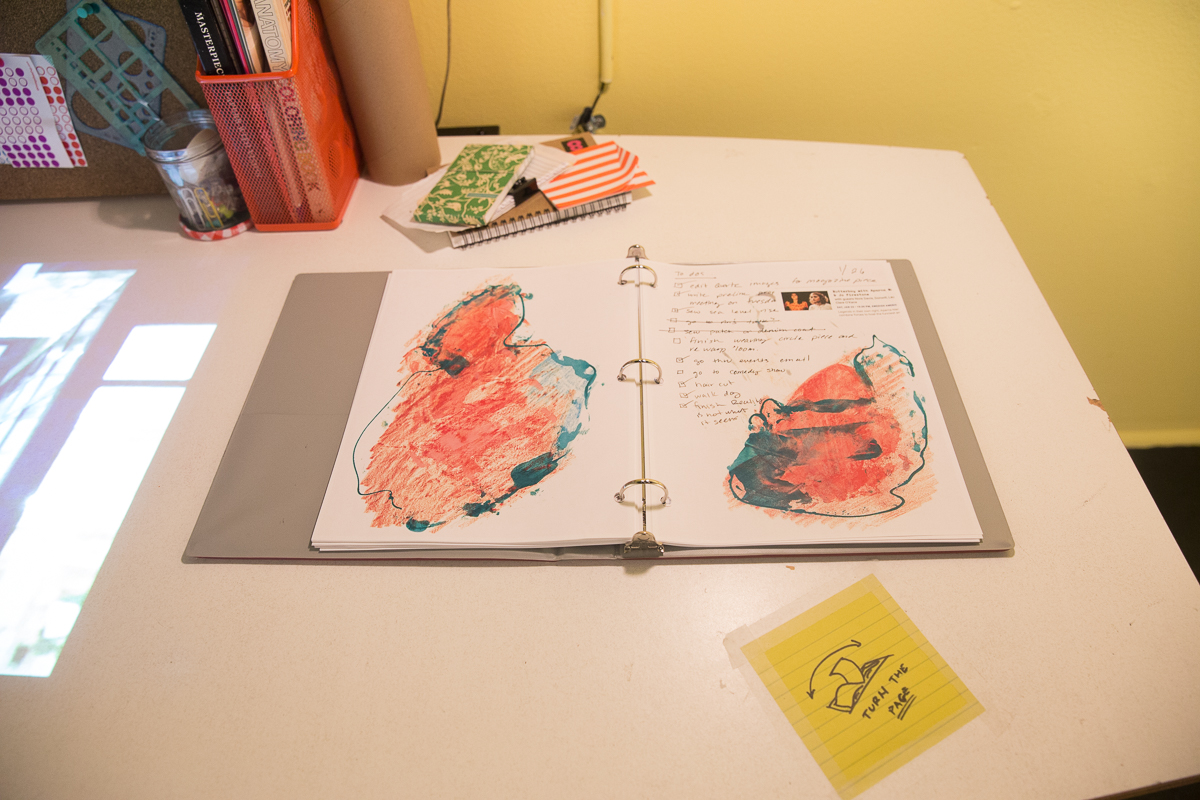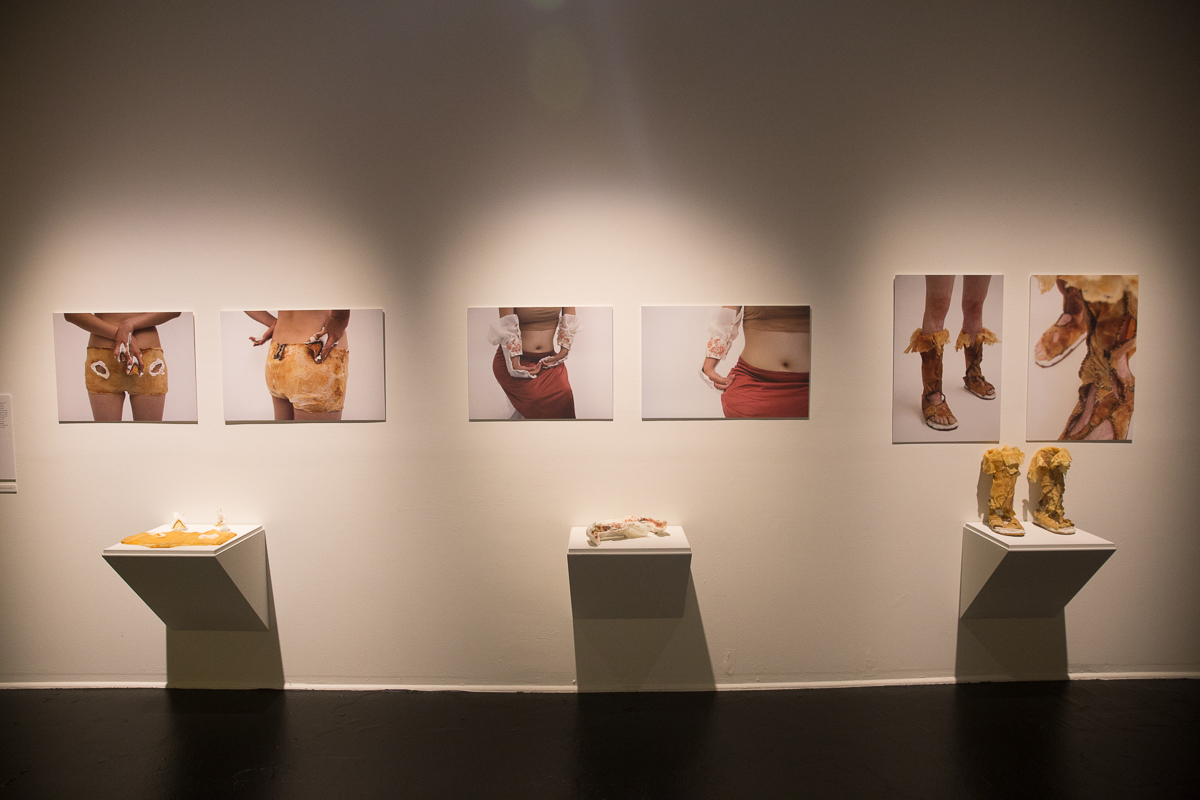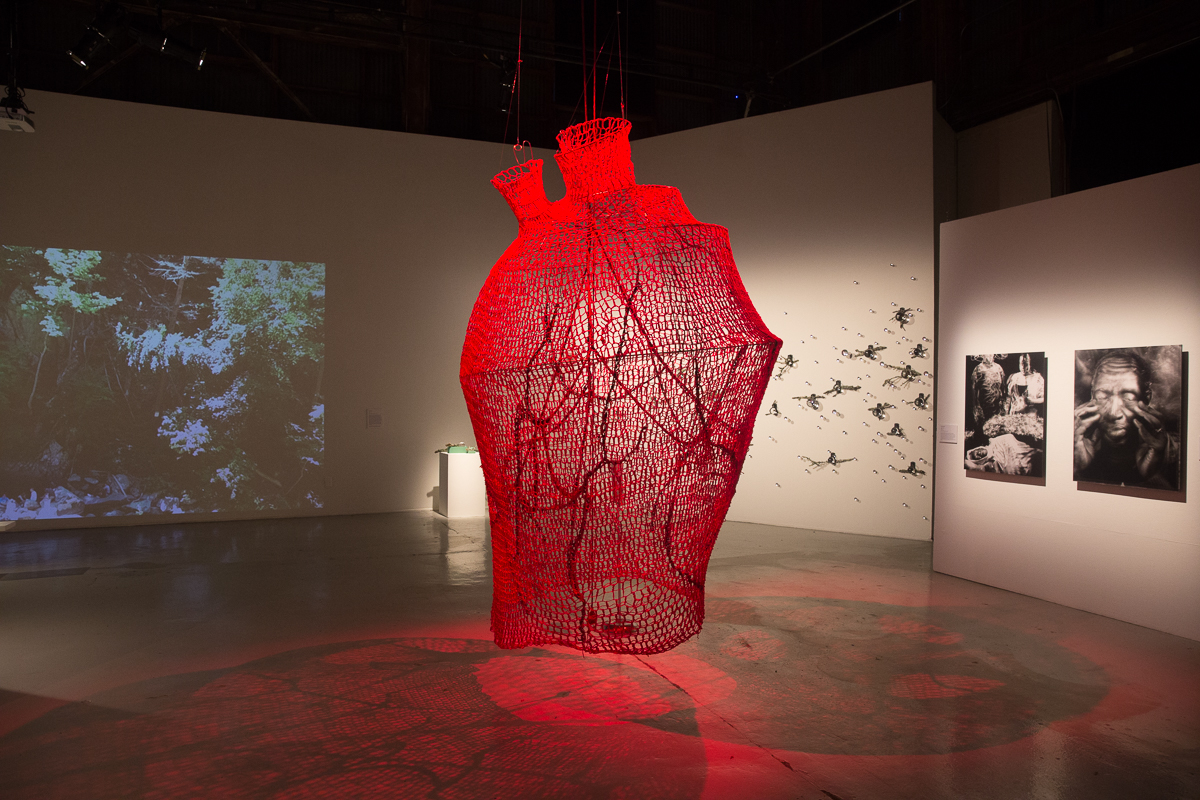Recoding CripTech, a stand-out group exhibition on view at SOMArts through Feb. 25, reimagines what a body can be and do. Working with 11 artists and art collaboratives, curators Vanessa Chang and Lindsey D. Felt explore technology as a resource to be harnessed and hacked in service of ethical and wider social visibility for disability culture.
Among the themes that drive the exhibition, one is preeminent: disability is not a pathological state in need of correction. Realized with old and new technologies alike, the objects and discrete installations comprising Recoding CripTech do not demonstrate a desire to correct the range of challenges each maker lives with. Quite the opposite, in fact. These projects proudly assert disability as a cultural and political identity that demands recognition from non-disabled populations.
Language and its role in disability culture is addressed at the outset. “Crip” comes from the slur “cripple.” Like its cruel counterparts—“lame,” “deformed,” “crazy,” and the euphemistically condescending “differently-abled”—“cripple” denotes a cultural and linguistic power dynamic that marks difference as inferior or “other.” Much like “queer” was reappropriated by many in the LGBTQIA+ community, “crip” is used by many within disabled communities to indicate solidarity. From that contextual vantage point, the exhibition registers as a familial, collaborative effort.

Photographer Todd Edward Herman challenges us to think about looking. A meditative 15-minute video, Herman’s When I Stop Looking (2013) exposes a discomfiting reality: the desire to indulge spectatorial impulses by staring at his subjects, all of whom live with significant facial and cranial conditions. Herman’s reverent, moving work challenges us to consider how the gaze is activated in visually-oriented environments such as museums. What do we derive from looking? What do we extract from those we look at?
Recoding CripTech is replete with cutting-edge adaptive technology, including Prosthetic Memory, one of two featured projects by M Eifler a.k.a. BlinkPopShift and their collaborator Steve Sedlmayr. Set up to resemble the artist’s workspace, the installation includes custom-designed artificial intelligence (AI) that serves as a backup memory. Pages drawn from the artist’s daily written and video journaling practice, organized in a desktop binder, are read by custom software.
When the visitor choses a page, the AI reads the content and projects an associated memory on the desk. Eifler created this project to accommodate long-term memory gaps caused by a childhood traumatic brain injury. But rather than emulate a neurotypical person’s cognitive processes, the artist strives to capture their unique mental capacities. The installation conveys machine learning’s potential to help people with disabilities live by self-defined terms.

Though cutting-edge technology is evident throughout this exhibition, work by Chun-Shan (Sandie) Yi and Jillian Crochet hold space for manual practices such as sewing and knitting. Yi, a PhD candidate in disability studies at the University of Illinois-Chicago and founder of Crip Couture, makes clothes that draw on the lived experiences of disabled bodies, including memory and medical and surgical interventions.
Where conventional prosthetics and orthotics “normalize” bodily movement, Yi’s wares center on and accentuate what is distinctive about the individual and their physical profile and needs. Dermis Footwear (2011), one of the five projects Yi contributed to the exhibition, includes cutouts in the latex boot specifically designed to accommodate scars on the wearer’s feet. Yi’s wearable art speaks to intimacy, accessibility, and the want to feel attractive or desirable on our own terms. Moreover, Yi’s fashion-focused practice sets up a dynamic contrast to haute couture, the terms of its production, its financial and social exclusivity, and how the bodies that wear such designs are perceived as “normal” or “abnormal.”

Greeting visitors as they enter, My Beating Heart (2014), Jillian Crochet’s vivid red yarn and metal construction, easily holds space in SOMArts’ cavernous main gallery. Visitors are encouraged to step inside the delicate-yet-durable hanging sculpture. Within, they consider the human heart, necessary for life, and its universality.
Crochet’s work activates an array of notions, including domesticity, inherited knowledge, craft as women’s creative outlet and the heart as the metaphorical center of family and community. Looking out at Recoding CripTech from inside the crocheted lattice, we see vibrant creative projects. Each one celebrates disability as existence that needs no correction or explanation. It simply needs to be.

‘Recoding CripTech’ is on view at SOMArts through Feb. 25. Details here.